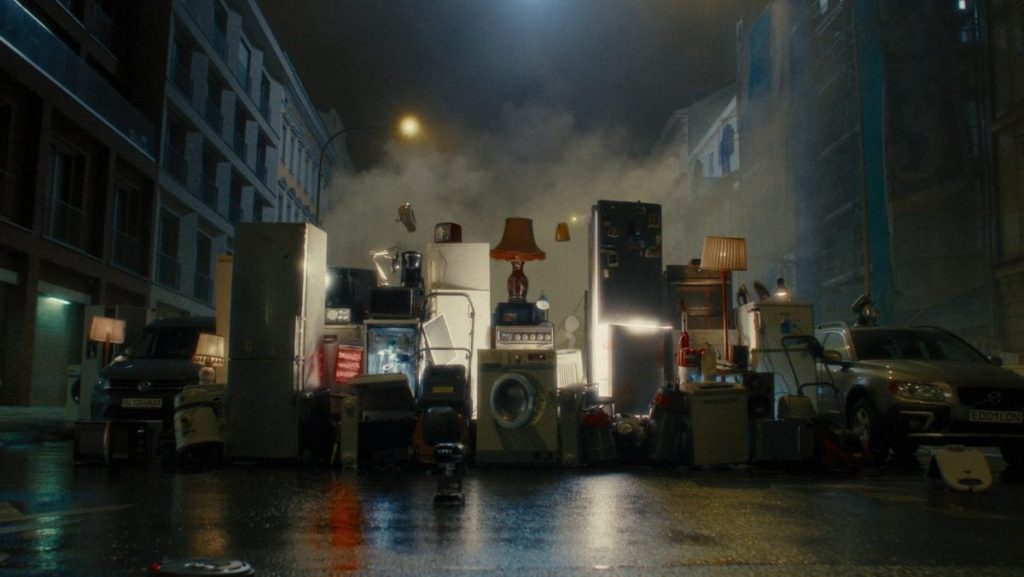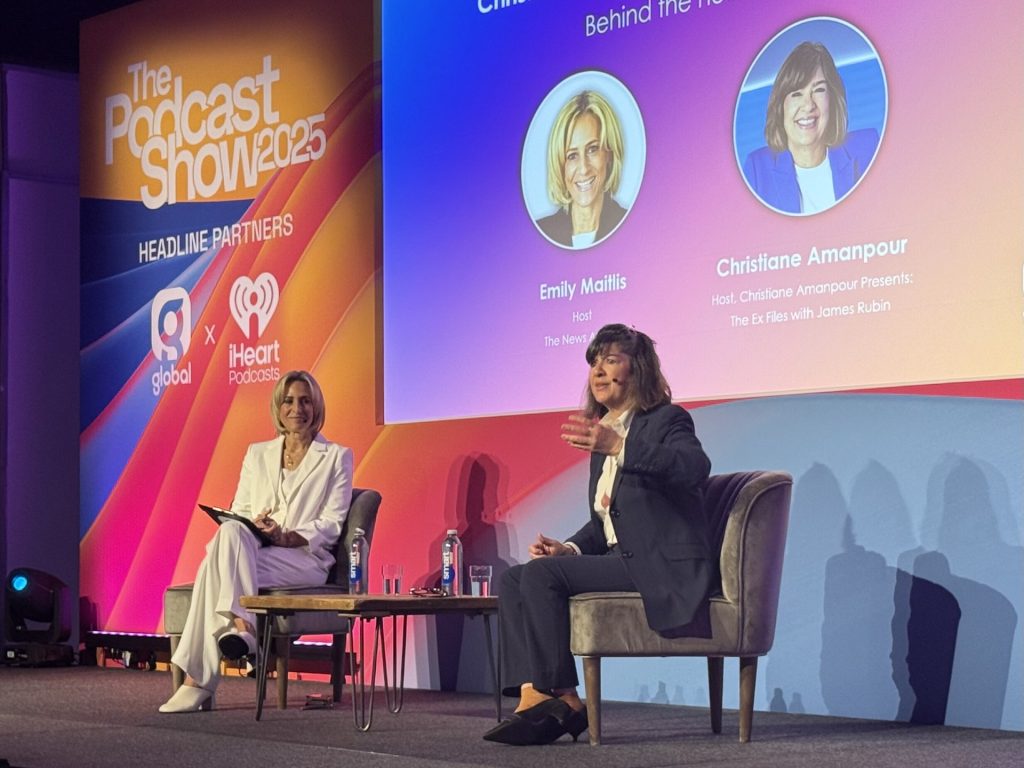
Stronger focus on proven ROI makes traditional media shine through in creative effectiveness

The Cannes Creative Effectiveness Lions award campaigns that have shown outstanding creativity and have delivered effective outcomes for clients.
At their ‘Lessons from Cannes’ event, WARC discussed a change in awards criteria, arising from the issue of effectiveness vs efficiency. Many papers entered to Cannes argued that effectiveness was linked to impact through website hits for example. The judges discounted these, arguing that this does not equate to effectiveness and is better termed ‘efficiency’. Effectiveness should be gauged by an increase in profit, hence the judges awarded campaigns proving a significant profit-based ROI.
This change in criteria for judging led to an increase in winners using traditional channels – TV, radio, outdoor and cinema. In fact, the 2016 shortlisted and winning campaigns were significantly more likely to use TV as a lead channel. This traditional approach is one favoured by big brands who invest heavily in media that is proven to deliver in the long term.
Emotion was a common characteristic within the shortlist, showing the power of emotion in driving effectiveness. This was a tactic used by the Grand Prix winner, Monty the Penguin for John Lewis by adamandeveDDB. Dom Boyd, Group Strategy Director at the agency, acknowledged there were a lot of things traditionally “wrong” with the campaign in terms of advertising principles. It’s a soft sell with no explicit logos. But the fantastic execution is able to reflect the brand’s all-important stance of thoughtful gift-giving that makes it such a success. With the increase in winners using traditional media this year, it is a shame that radio advertisers do not make better use of radio’s potential to elicit an emotional response.
Dom also gave his top 3 lessons we can learn from this year’s Grand Prix winner:
- Be emotionally competitive
Create emotional intensity. Study people’s emotional reactions. Find a point of difference for the brand. The key to success is to understand how you can use this point to create that emotional connection with people. For John Lewis this is thoughtfulness. However it’s not about ‘doing a John Lewis’, so find that unique point for your brand.
- Invest in brand comms
This point is crucial to growing the brand. A brands share of voice must be higher than its share of market or it cannot expect the brand to grow. Additionally advertisers must spend on the brand, not only on short term sales (as shown in Peter Fields latest study).
- Brand ideas not ad ideas
Nowadays ideas have more potential power than ever before due to connectivity. When thinking of an idea think ‘how does this work on as an engagement strategy, a brand strategy and a service strategy?’ The idea should go beyond the marketing department. From customer service to IT, the business must work together to understand the brands position and adopt this is attitude.
To find out more about how different media channels can drive ROI for clients take a look at the ROI multiplier study here.



